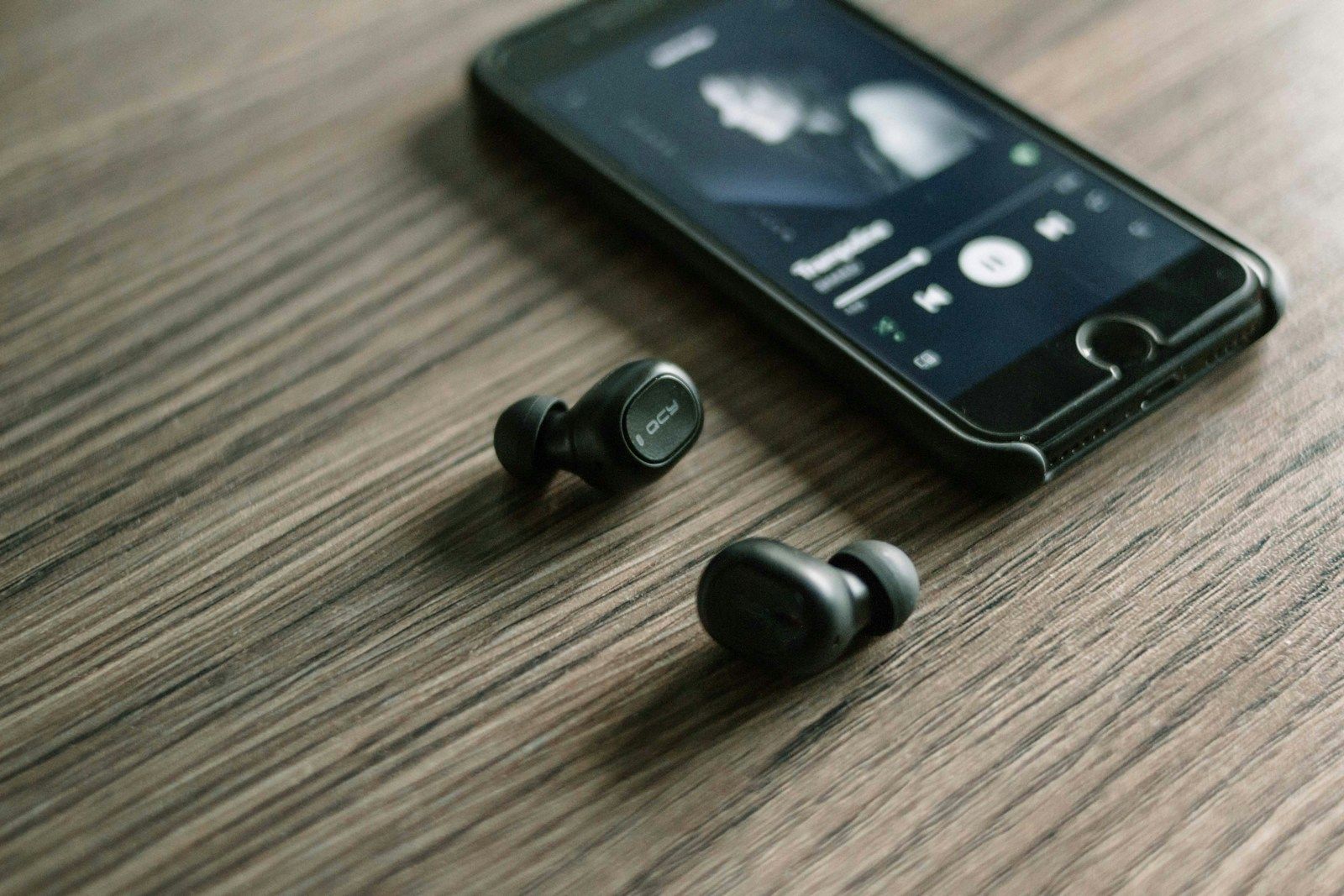home studio setup ideaso can be one of the most exciting projects you undertake. Whether you’re into music, podcasts, photography, or creating videos, having a dedicated space to bring your ideas to life makes all the difference. The good news is that creating the perfect home studio doesn’t have to be complicated or expensive. With a little creativity and planning, you can design a space that works for your needs.
Start by Defining Your Purpose
Before jumping into equipment and design, think about what you’ll be using your home studio for. Are you recording music, filming videos, or taking professional-quality photos? Each purpose has unique requirements, and knowing what you need upfront can save you time and money.
For example, a home music studio will need soundproofing and acoustic treatment, while a photography studio may require good lighting and backdrops. If you’re into video creation, you’ll want a combination of good lighting, sound equipment, and possibly a green screen. Once you’re clear about the purpose, it’s easier to move forward with your plan.
Choose the Right Space
The next step is finding the best spot for your home studio. It doesn’t have to be a large room—even a small, well-organized corner can work wonders. If you have the luxury of choosing, go for a space that’s quiet and away from distractions. A spare bedroom, basement, or even an attic can work well.
For small spaces, vertical storage and multi-functional furniture can help maximize your area. Think shelves for your gear or a foldable desk that doubles as a workspace. Natural light is a bonus, especially for photography or video setups, but you can always create the lighting environment you need with artificial lights.
Soundproofing and Acoustics
No matter your creative field, sound quality often plays a big role. If you’re working on music, podcasts, or videos, soundproofing your studio is essential. Fortunately, soundproofing doesn’t have to break the bank. Simple things like weather stripping on doors, heavy curtains, and rugs can help minimize noise.
To improve acoustics, you might want to invest in acoustic foam panels or diffusers. These are especially helpful in reducing echo and improving sound clarity. You can also use furniture like bookshelves or padded chairs to absorb sound naturally.
Lighting Makes a Difference
Lighting is critical, especially for photography and video production. Start with natural light if you can—it’s free and looks fantastic in most cases. Position your setup near windows, but remember to use curtains or diffusers to control harsh sunlight.
If natural light isn’t an option, don’t worry. Ring lights, softboxes, and LED panels are affordable and easy to set up. Play around with the angles and intensity to create the mood you’re going for. For videos, consider a three-point lighting setup for a professional look. And remember, good lighting can elevate your work and make editing much easier.
The Right Equipment Matters
Once your space is ready, it’s time to think about gear. Start with the essentials and build from there. If you’re into music, this might mean a quality microphone, headphones, and an audio interface. For video creators, a good camera, tripod, and external microphone are must-haves. Photographers should focus on lenses, lighting, and a sturdy backdrop stand.
Don’t feel pressured to buy everything at once. Many beginners find success starting with budget-friendly options and upgrading as they grow. Remember, the most important thing is to start creating with what you have.
Keep It Organized
A clutter-free workspace is not only more functional but also more inspiring. Invest in storage solutions that keep your equipment safe and easy to access. Cable management tools can make a big difference, especially if you have a lot of tech gear. Labeling your drawers or bins can also save time when you’re in the middle of a project.
Make It Comfortable
You’ll likely spend hours in your home studio, so comfort is key. Choose an ergonomic chair and desk to avoid strain during long sessions. Add personal touches like artwork, plants, or a small couch to make the space feel welcoming. The more comfortable you are, the more productive and creative you’ll be.
Experiment and Adapt
Your home studio doesn’t have to be perfect from day one. As you use the space, you’ll discover what works and what doesn’t. Don’t be afraid to move things around or try new setups. Sometimes small adjustments, like changing the position of your desk or upgrading your microphone, can make a huge difference.
Budget-Friendly Home Studio Setup Ideas
Creating a home studio doesn’t have to cost a fortune. Here are a few tips to keep things budget-friendly:
- DIY Soundproofing: Use blankets, rugs, and pillows to minimize noise.
- Second-Hand Gear: Check online marketplaces for used equipment in good condition.
- Multi-Purpose Furniture: A simple table can double as a desk and a workspace.
- Repurpose Items: Use household items like lamps or bookshelves creatively.
Stay Inspired
Finally, don’t forget to keep your creative energy alive. Decorate your studio with things that inspire you, whether it’s motivational quotes, your favorite artwork, or even photos of your idols. A space that reflects your personality will encourage you to spend more time creating.
Final Thoughts
home studio setup ideas, not a one-time project. With a clear purpose, thoughtful planning, and some creativity, you can design a space that fuels your passion. Whether you’re a beginner or a seasoned creator, the right setup can elevate your work to the next level. So, roll up your sleeves and start turning your home studio setup ideas into reality today!
Related Articles:
For further reading, explore these related articles:
- The Story of Kesha: A Journey of Music, Strength, and Inspiration
- Exploring the World’s Smallest Speaker: Tiny but Powerful!
For additional resources on music marketing and distribution, visit Deliver My Tune.























Leave a Reply